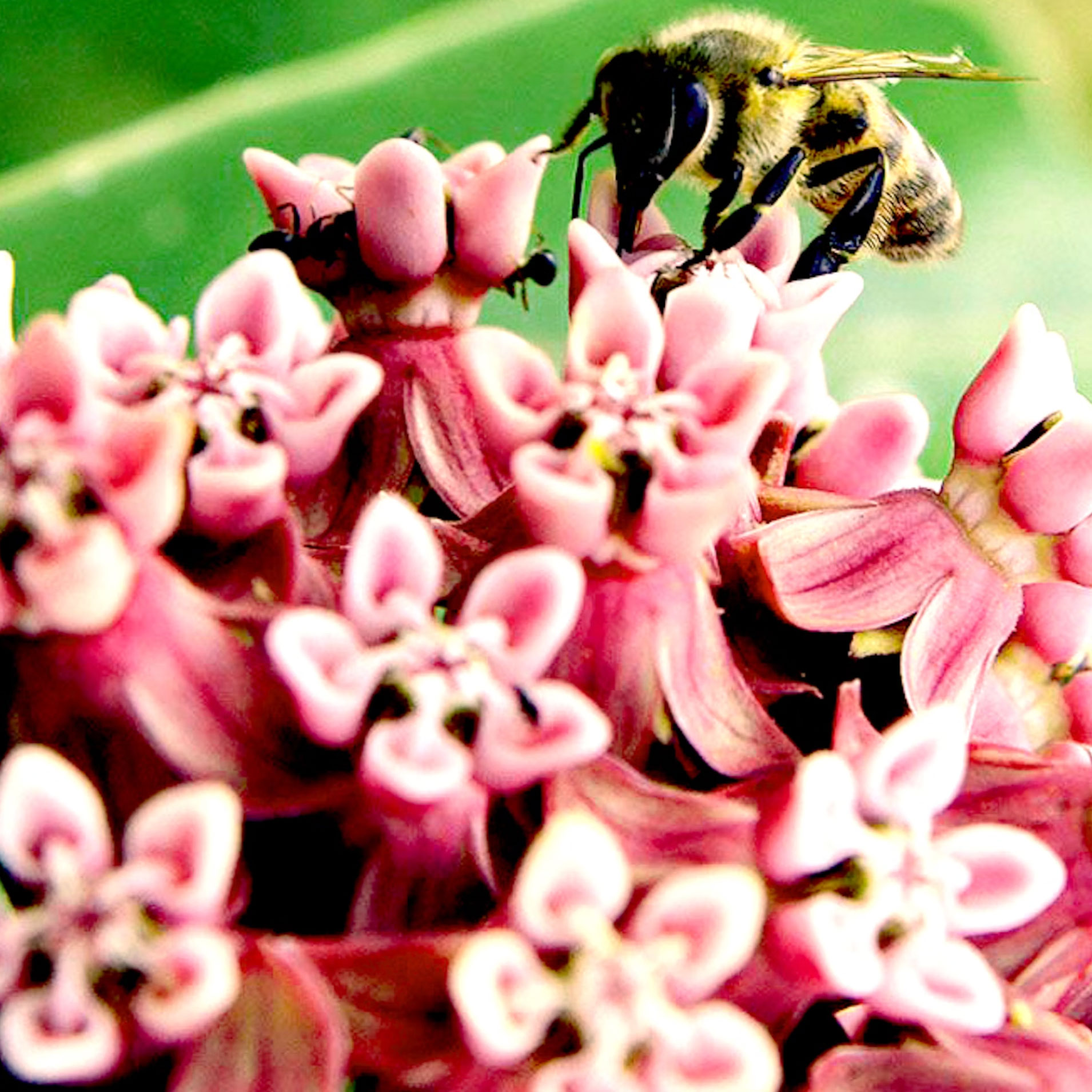What Do You Do If You See A Chrysalis In Your Yard? How To Move A Chrysalis Or Cocoon – And When To Leave It Alone
If you see a chrysalis in a precarious part of the garden, what do you do? Here we explain when and how to move a chrysalis to ensure your winged guest emerges safely
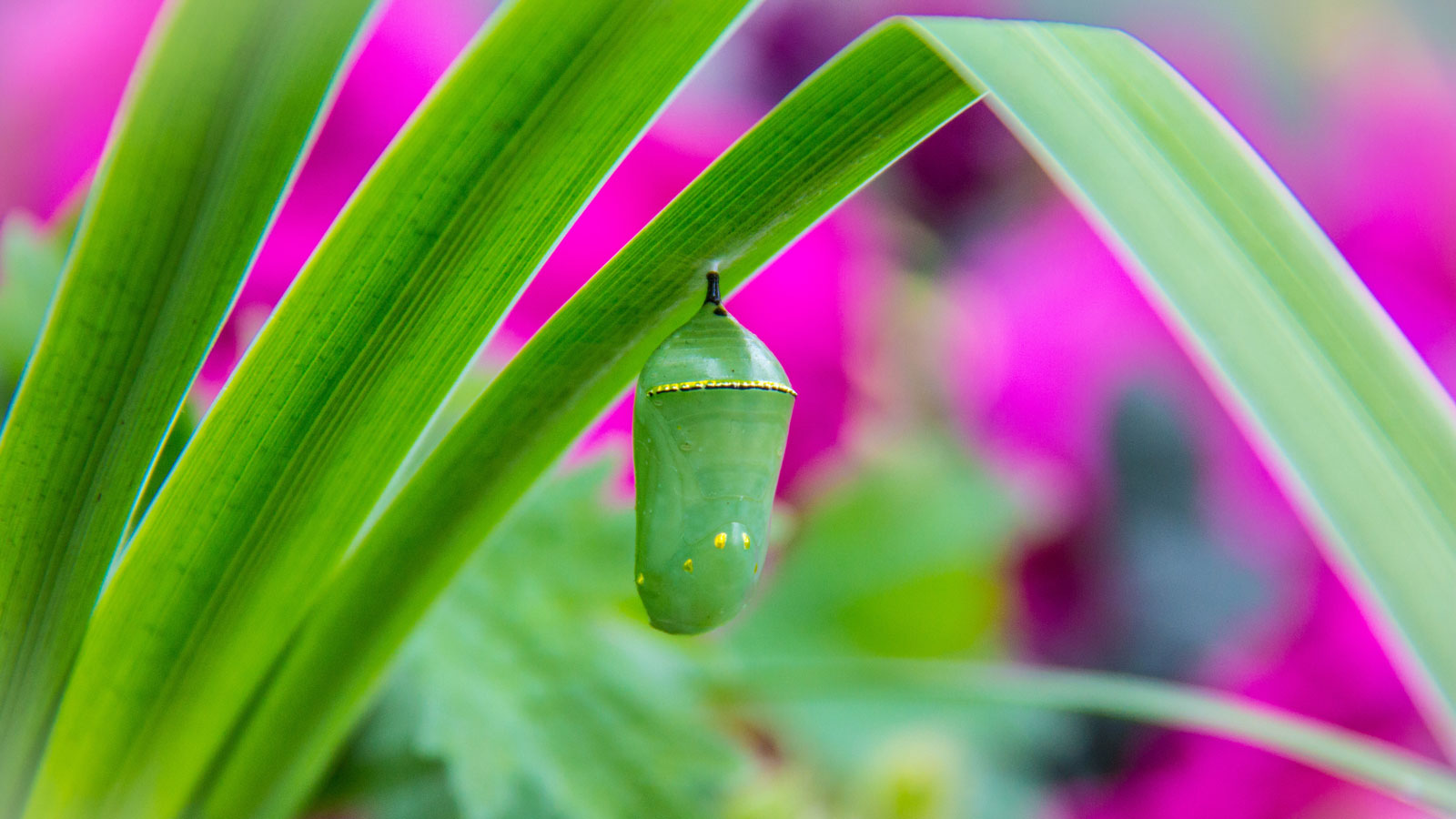
The mysteries of butterflies are not always something we can witness up close. Even when we do, they are often fleeting glimpses of winged beauties in flight, dancing from flower to flower, resting on a blade of grass – or playing with one of their own. Watching the extraordinary transformation of chrysalis to butterfly is also generally something we won’t see, even if it takes place in a pollinator-friendly garden.
But every now and again, there is a chance of finding a chrysalis – in which case, what do we do? When is it ok to move a chrysalis, and when should we leave them? Most cocoons and chrysalis are just fine where they are, but on occasion – say, if a painted lady chrysalis fell down – it is advised to offer a helping hand. Here’s the butterfly etiquette involving how to move a chrysalis in your butterfly garden.
Which Kinds of Chrysalis am I Most Likely to Find?
Depending on the size of your backyard or growing space, and the types of plant you grow, the most likely kinds of chrysalis are likely to be those of the Monarch butterflies. You might also see a chrysalis belonging to a Cabbage White, Painted Lady, Eastern Tiger Swallowtail, Red Admiral and Black Swallowtail. Sometimes you might spot the chrysalis near a butterfly-friendly shrub or butterfly host plant, but other times it may seem to be hanging in an odd place, like a gate post.
What does a Monarch chrysalis look like, and what about the other main types? Before we look at what happens if a chrysalis falls, or what to do if you find a chrysalis in an odd part of the garden, here are a few of the main types you might come across:
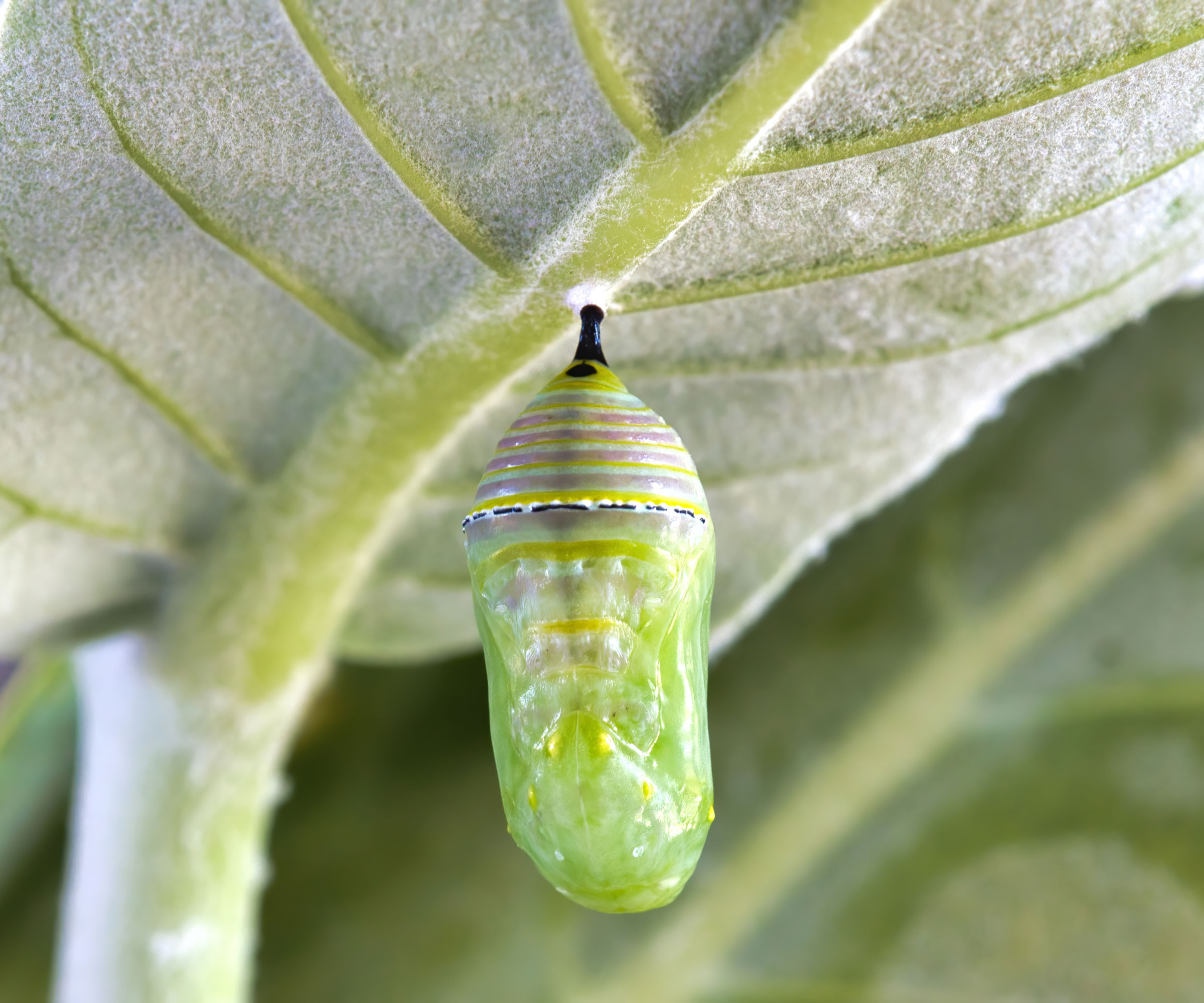
- Monarch chrysalis: These will be green and smooth, but could be a darker color, depending on how close the butterfly is to emerging. It might become translucent as the butterfly prepares to leave. They are usually found near milkweed plants.
- Cabbage White chrysalis: These will be found near brassica plants such as cabbage, kale, and broccoli. They look pale green or light brown and tend to hang from the undersides of leaves. While they are traditionally located near brassica plants, they can sometimes be found in greenhouses and on fences or tree trunks.
- Black Swallowtail chrysalis: These can be varied in color, from slate gray or black to pale green, although they can sometimes be mottled brown. There is an element of camouflage involved – so the color may depend on whether they are hanging from wood (brown) or a swallowtail host plant (green).
- Eastern Tiger Swallowtail chrysalis: These tend to be brown or green, and are mottled. They have an unusual shape and tend to be found hanging from fences or trees. Sometimes they can even be found amongst ground debris.
Less likely is that you will see a cocoon, which is the protective silky covering surrounding a moth larva as it enters the pupa stage. Cocoons can be found attached to branches and can look a lot like dead leaves.
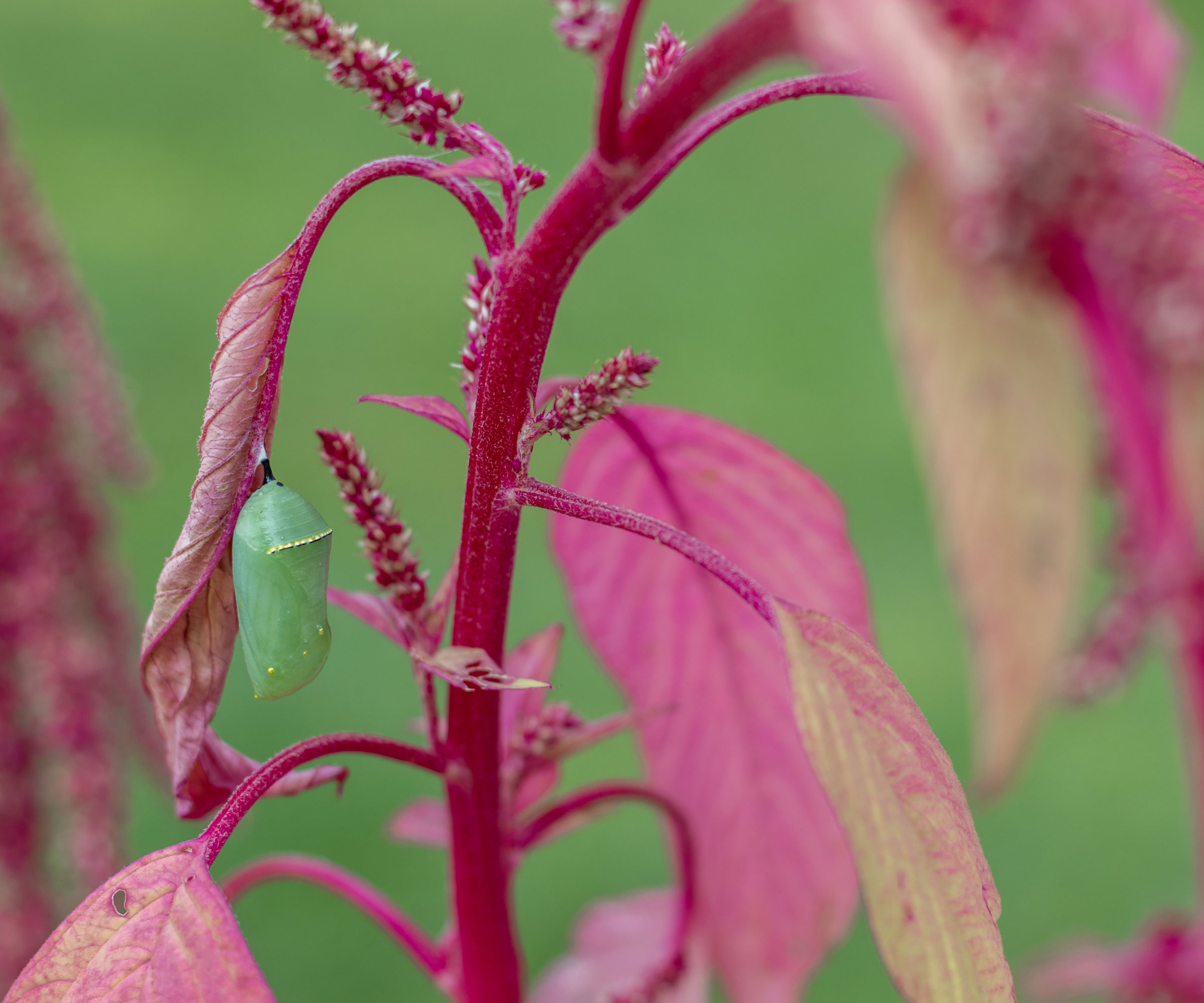
When and How to Move a Chrysalis
Usually, when caterpillars pupate, they do so on or around the plant they have been feeding on. However, on occasion, caterpillars will begin their transformation by adhering to a tire, door, gate post or another less-than-ideal location. Also, sometimes they pupate in areas where the wind, people or animals could inadvertently dislodge them.
In these instances, it might be a good idea to relocate the pupa, especially if the chrysalis fell down and might be in danger of getting stepped on. If the chrysalis has fallen, you do need to approach it carefully. You must be incredibly gentle. Where possible, use tweezers or a pin against the topmost part of the chrysalis. You can pick up Tweezerman Tweezers from Amazon for gripping tiny surfaces.
Can you touch a chrysalis? If your hands are clean, gently cup your hands for carrying. But try to touch the surface as lightly and loosely and as little as possible.
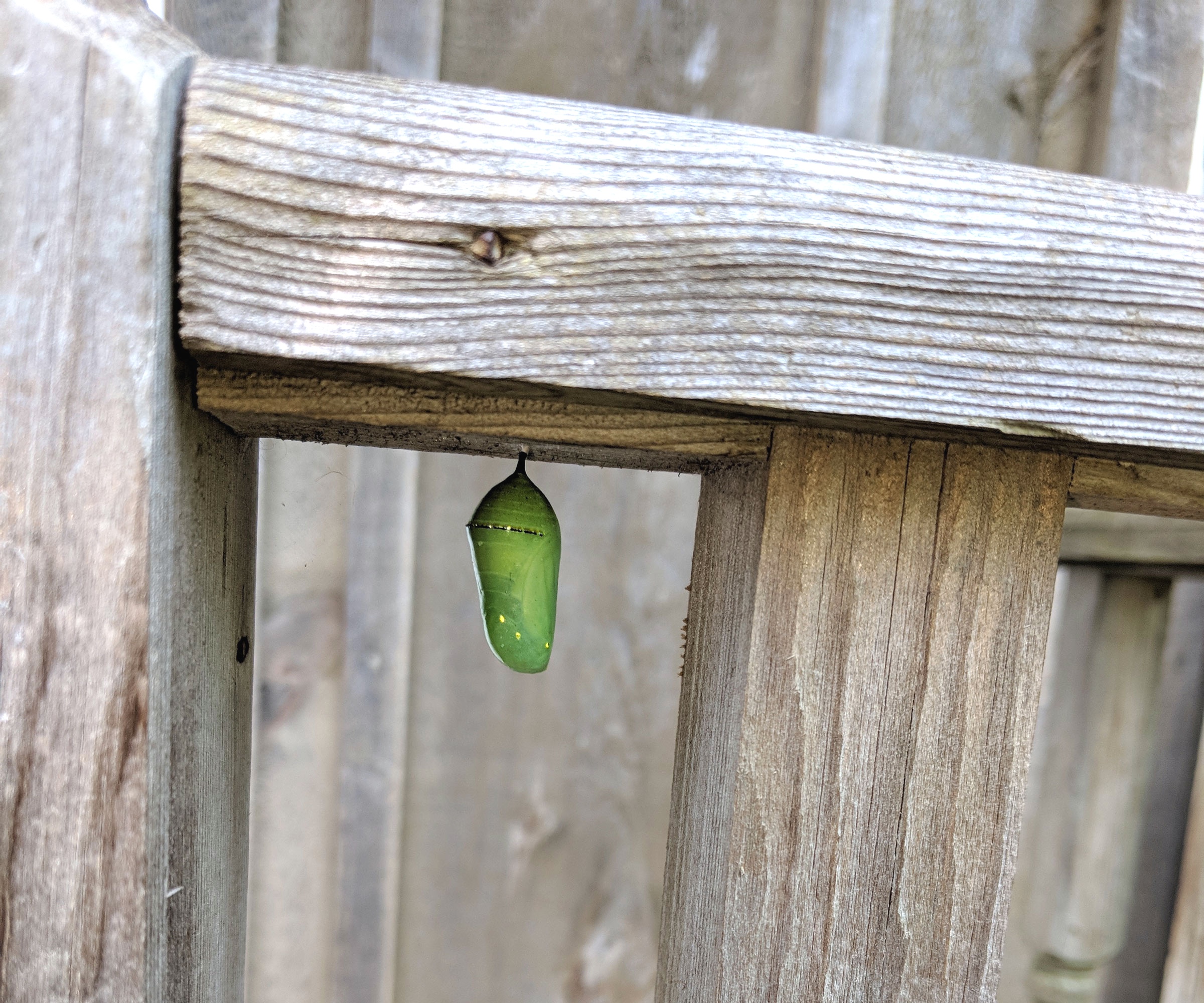
How to Save a Chrysalis that has Fallen
So you have in hand your fallen chrysalis – now what do you do? Ideally, it’s a good idea to relocate the chrysalis or cocoon in a safer part of the garden, amongst plants and partial shade. If you are looking to move a Monarch chrysalis, for example, then you would be looking for some milkweed or a Monarch-friendly plant to keep the butterfly happy.
Sign up for the Gardening Know How newsletter today and receive a free copy of our e-book "How to Grow Delicious Tomatoes".
Whether the chrysalis fell down, or was in a strange place and needed moving, you will need a way to reattach the pupa to its new position so that it hangs freely. This is important because when the chrysalis hatches, the newly emerged butterfly or moth will need something to hang on while it stretches and unfurls its wings.
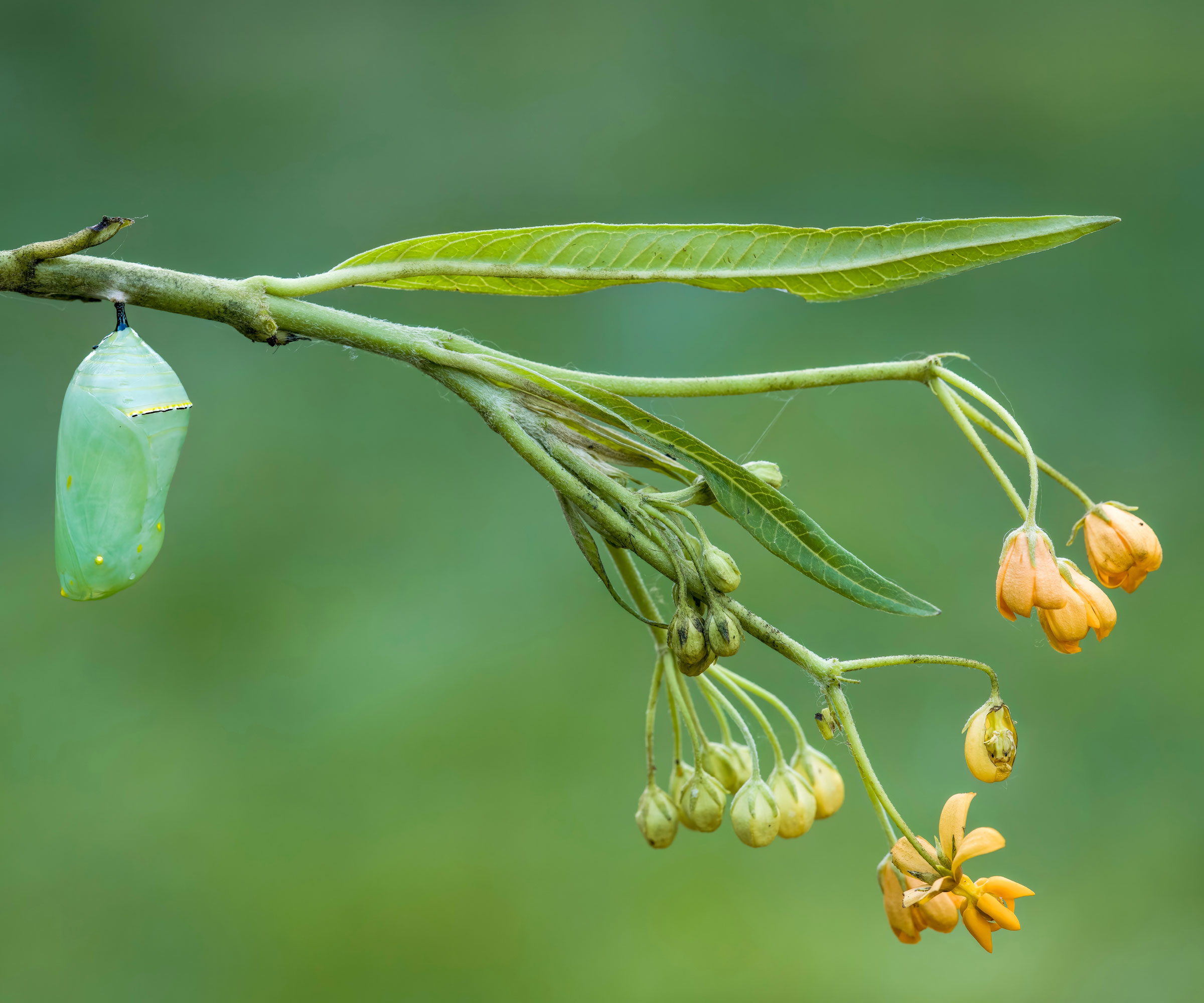
Get out a magnifying glass if necessary; you can find some good magnifying glasses at Amazon that you can keep in your pocket. Using your magnifying glass, locate the black tip (cremaster) of the chrysalis. Cut five inches (13cm) of dental floss, make a loop and gently work the loop above the cremaster. Tighten the knot just enough so it won’t slip off. Create a double knot to make it more secure.
Hang the chrysalis from a plant stem or branch that is at least four inches (10cm) from the base of a butterfly house (if you are using one), with an additional inch of clearance all the way around the pupa. That’s it. Now you just wait for the transformation to an emergent butterfly.
Being Gentle and Keeping a Close Vigil
Knowing how to move a Monarch chrysalis or other type of chrysalis is obviously only something you should do in extreme cases. Although the above outlines good practice for helping relocate a chrysalis, there are times when it is important to leave one where you find it. Obviously, if a Painted Lady Chrysalis fell down and was about to get trampled, you can intervene. But caution is advised. If you think the chrysalis is in a safe and secure environment, it’s generally best to leave it.
When handling the chrysalis, take extreme care to be gentle and handle the actual surface as little as possible. After relocating the chrysalis, keep a close eye on how it is getting on. Check in every day to make sure it is safe and intact. Butterflies usually emerge from a chrysalis within a few weeks. Once the butterfly does emerge, it may look drowsy and lethargic, so make sure it is allowed to get its bearings, try not to engage or interfere, and let it have as much privacy as possible.
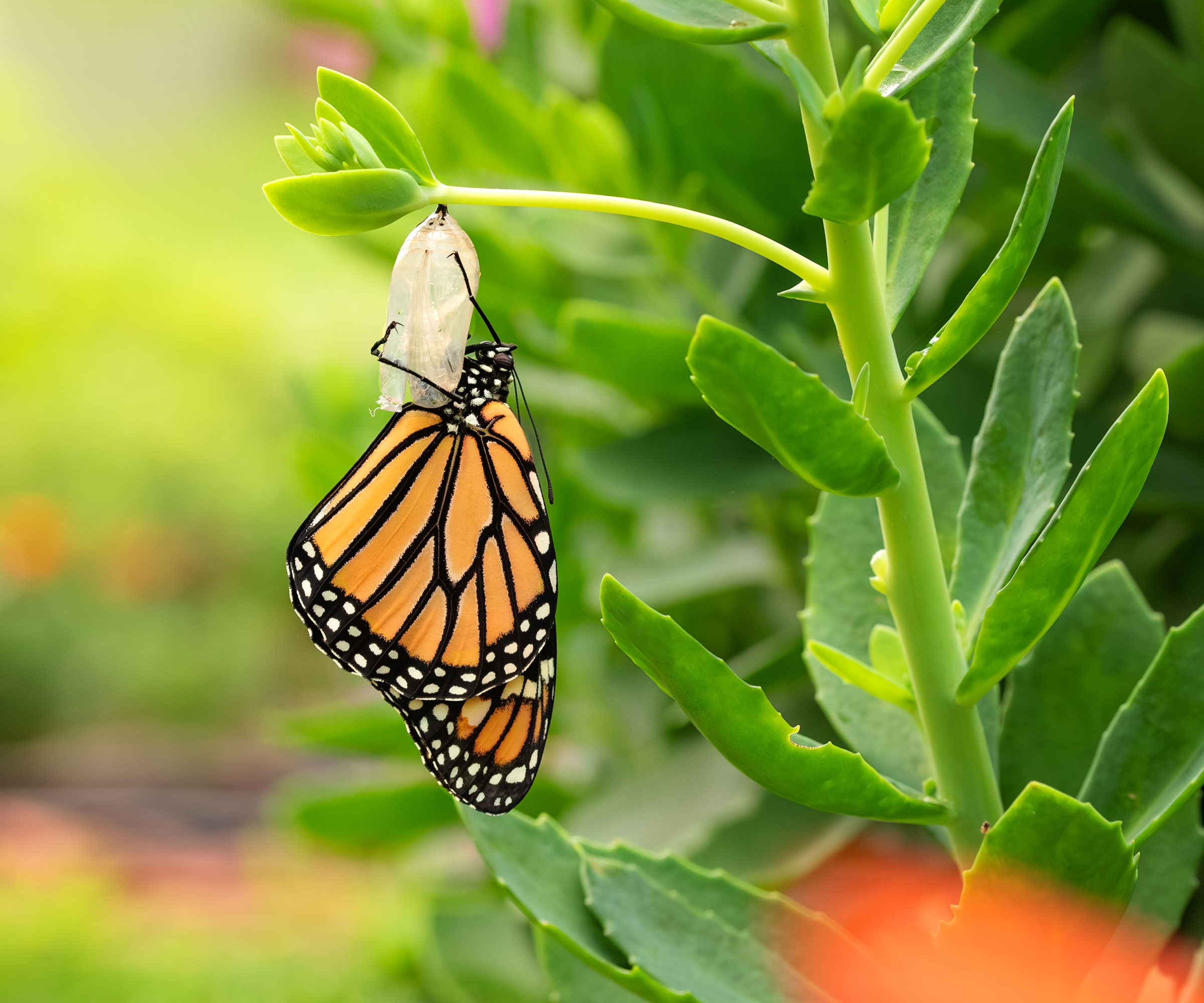
It’s also a good idea to make sure you have kitted up your garden with lots of enticing pollinating flowers, annuals for pollinators, container options, and butterfly-friendly plants to help ease the transition from chrysalis to real world exploration. If you are waiting for your butterfly to emerge later in summer or fall, make sure you have some fall pollinator plants ready to help out your new winged friends. If you haven’t already, plant some milkweed to support local Monarch butterflies. You can buy Milkweed Heirloom seeds from the Gardening Know How Shop.
Interested in more ideas for butterfly and pollinator-friendly gardening and expert advice delivered straight to your inbox? Sign up for the free Gardening Know How Newsletter!
This article features products available from third party vendors on the Gardening Know How Shop. Keep in mind that our plant inventory is limited - so if you’re thinking of purchasing, don’t wait!

Amy Grant has been gardening for 30 years and writing for 15. A professional chef and caterer, Amy's area of expertise is culinary gardening.

